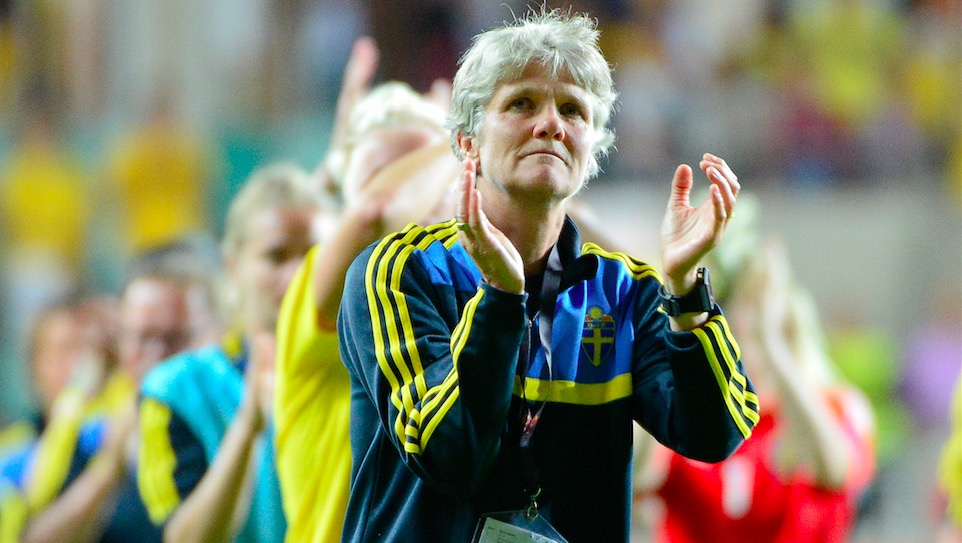Ellis faces conundrum at forward

WINNIPEG, Manitoba – The buzzword around the United States women's national team right now is "bubble," as in the imaginary protective one the squad attempts to insulate itself with as repeated threats to the peace they imagined emerge.
Coach Jill Ellis repeatedly says she operates solely within the bubble's comfy confines at this World Cup, claiming to be untroubled and generally unaware of the various controversies roiling externally.
While she has come under fire in some quarters for that approach, Ellis sticks to her guns. Unfailing so. First through the saga surrounding Hope Solo's personal problems, then while brushing aside a series of jabs from friend and former U.S. coach Pia Sundhage towards the American players, and even amid calls from home for the head of Ellis and federation president Sunil Gulati, the message has remained consistent: nothing will make her focus waver.
Priority one is beating Sweden on Friday, and to do that she must solve the conundrum that relates purely to tactical policy: what to do with a frontline that create a selection headache due to its strength in depth.
After everything else that has come this week, a tough decision regarding which name to write on a team sheet must be like child's play.
"It is a lovely problem to have," Ellis said.
The issue is question surrounds forwards Abby Wambach, Alex Morgan and Amy Rodriguez, by turn one of the best women's players in history, the most popular athlete on the team, and a player whose pace is capable of troubling a sometimes static Swedish defense.
"One of the things we have is great depth," Ellis added. "We talk about that all the time. The caliber of forwards we have all the time is not a problem. Having that depth is a huge bonus for us."
Wambach started the first game alongside Sydney Leroux but did not turn in her finest performance in a national team jersey and only added weight to the theory, mentioned by Sundhage among others, that her most effective role at age 35 is that of a late substitute rather than first choice starter.
But Ellis insisted that despite Wambach having played a full 90 minutes on turf and with just three days' rest in between matches, her strongest and most physical player would be ready to go, assuming she is called upon.
"(Abby) went through the same recovery process, our fitness coaches had us ready," Ellis said. "I thought as the game wore on she got stronger, the physical recovery has been good for all the players, including Abby."
Morgan would certainly start if fully healthy and claimed she had no pain following a 10-minute cameo in Monday's 3-1 victory over Australia. However, Morgan did not figure in any of the warm-up games for the tournament due to knee bruising that was slow to heal. She had a limited role in training until this week, and would constitute a genuine risk if starting, however lively she might feel.
"We got Alex into the (Australia) game, that was the plan," Ellis said. "It is just building her fitness so she can do more and more each game. Mentally she is great. It is another option."
Ellis has a history of keeping her cards close to the chest, but it is most likely that Morgan will again be used off the bench, perhaps with an extended run in the second half depending on the state of the game.
Victory for the U.S. would guarantee a place in the knockout round, and make it an overwhelming favorite to finish atop Group D.
It is also possible that Rodriguez could be brought into the mix for her first action of this tournament, especially if pace is a critical part of the game plan. It is the unlikeliest of the three options, but remains a viable choice if Ellis decides to throw her old pal Sundhage a tactical curveball.
The problem with bubbles is that they are prone to burst at any time, but Ellis is convinced hers can withstand any storm. With a whirlwind of controversy behind her, she will hope that calmer water lay ahead.
PHOTOS: Women's World Cup: U.S. vs. Australia